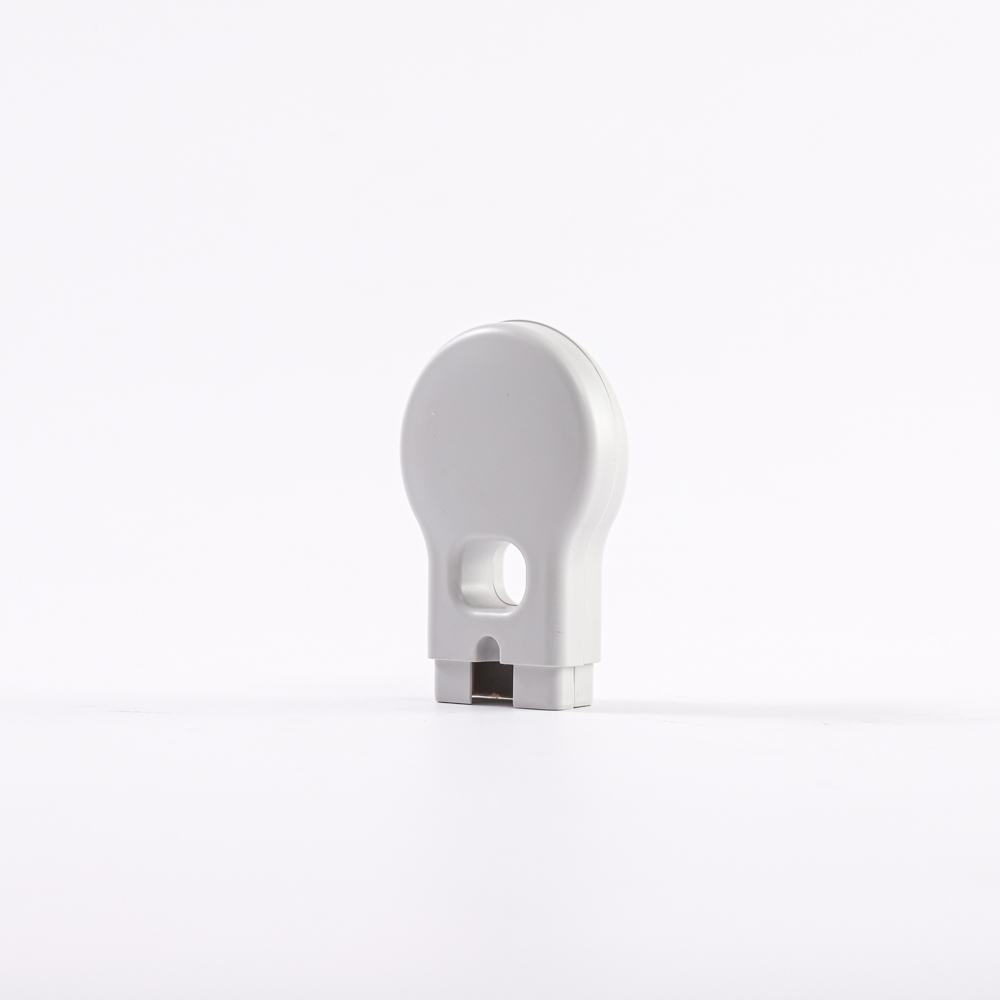A new type of CAM software has the feature of managing the rotation of the B-axis machining head, enabling the turning-milling machine tool to use a single tool to fully machine the inner and outer contour surfaces of the workpiece.
The most attractive aspect of the turning and milling machine tool processing platform lies in its ability to fully complete the machining of the workpiece after one set-up commissioning. Now, the development of CAM software has enabled turning and milling machine tools equipped with B-axis milling heads to perform fine turning on the inside and outside contour surfaces of a workpiece with only one tool. This new lathe needs only one tool to complete the continuous cutting of the inner and outer contours of the workpiece in its fine turning cycle. It is no longer necessary to use a series of turning tools of different shapes.
The B-axis contouring cycle software was developed by DP Technology Inc. and included in the company's Esprit 2008 CAM software package. The machining software uses an efficient method of continuous rotation of the B-axis, allowing the tool to run along the contour to reach areas that are inaccessible due to the tool geometry. With this new machining method, the number of tools required is reduced, tool replacement and programming times are reduced, and surface quality that is smoother and free of step marks is obtained. The end result is to save more time and money for the processing plant.

In June 2007, Mori Seiki's technology center in Los Angeles, California, successfully conducted B-axis profile cutting machining on the NT3150 turning and milling machine. The rotary tool center point function (RTCP) of the Funac control system is used to output the coordinates in the NC numerical control code for its tool nose center. The RTCP function must be used with the contour machining cycle to rotate the tool around its control point. The B-axis contour machining cycle is based on the Esprit intelligent software SolidTurn contour machining cycle. The main difference is that its B-axis technology can fully control the choice of the B-axis rotation strategy and the allowable B-axis angle limit.
Throughout the entire turning operation, the user can use two strategies to manage the direction of the tool operation. The first strategy is to maintain a constant guiding angle between the tool and the workpiece surface. In this way, the initial guide angle can be maintained between the tool and the profile being machined. This initial guide angle corresponds to a function of the original tool direction of the B-axis machining head and the direction of the first element of the contour. When the slope of the profile changes, the B-axis machining head tilts the tool so that it maintains the same guide angle as the surface of the workpiece. In addition to the software's part/tool ​​automatic collision avoidance detection system, the total inclination of the tool is also limited by the user-defined guide angle range. This strategy can be used to create the best cutting conditions to maintain the best angle between the tool and the machined surface. However, this requires that the movement of the B-axis be almost completely constant, because the B-axis will produce an over-stroke movement.
The second B-axis rotation strategy is: If necessary, use only the tool tilt to minimize the tool rotation. This strategy can keep the tool in the initial direction until the tool reaches the uncut surface, at which time the tool is in its current direction. Only then can the tool make the necessary tilt and cut this surface within the user-defined B-axis angle limit. This strategy used in the trial cutting described above limits the rotation of the B axis within the area where conventional tool angles cannot be cut.
Both of these strategies are easy to verify, and the user can demonstrate the vector of the tool axis on the screen to determine the best strategy for machining the geometry of a particular part. Throughout the cutting process, the user can fully control the B-axis rotation range. One way to limit the tool angle is to apply a user-defined minimum and maximum B-axis angle to limit the allowable B-axis rotation range. Similarly, for more precise control, the user-defined minimum and maximum guide angles can specify the allowable range of the local guide angle of the tool.
Injection molding is the most commonly used manufacturing process for Plastic Parts. The use of injection molding to manufacture various products varies greatly in size, complexity and application. The injection molding process requires the use of injection molding machines, raw plastic materials and molds. The plastic is melted in an injection molding machine and then injected into a mold, where it cools and solidifies into the final part. Injection molding is used to produce thin-walled plastic parts for various applications, the most common of which is the plastic shell. Plastic shell is a thin-walled shell, which usually needs many ribs and protrusions indoors. It is used for various kinds of electric appliances, including electric tools, instrument panels, and consumer electronics. Other common thin-walled products include different types of open containers, such as barrels. Injection molding is also used to produce several daily necessities, such as toothbrushes or small plastic toys. Many medical devices, including valves and syringes, are also manufactured using injection molding
Vacuum Cleaner Accessories,Vacuum Cleaner Parts Accessories,Dry Vacuum Cleaner Accessories
Suzhou Dongye Precision Molding Co.,Ltd. , https://www.sjdongye.com
![<?echo $_SERVER['SERVER_NAME'];?>](/template/twentyseventeen/skin/images/header.jpg)